Over the years, there have been many bold, novel, or straight up crazy ideas to make space access cheaper and more frequent. One of the most amusing ones is, “can’t we just fly into outer space?” After all, airplanes are already commonplace, and flight technology is quite mature. What’s preventing us from just flying a little bit higher, until we leave good ol’ Earth’s atmosphere?
As you might have already guessed, it’s never quite that simple. Still, that hasn’t stopped us from trying. That’s the idea behind a “space plane”… literally a plane that can fly into outer space. In this article, we’ll explain what a space is, how they work, and why the idea is actually not as crazy as it first sounds.
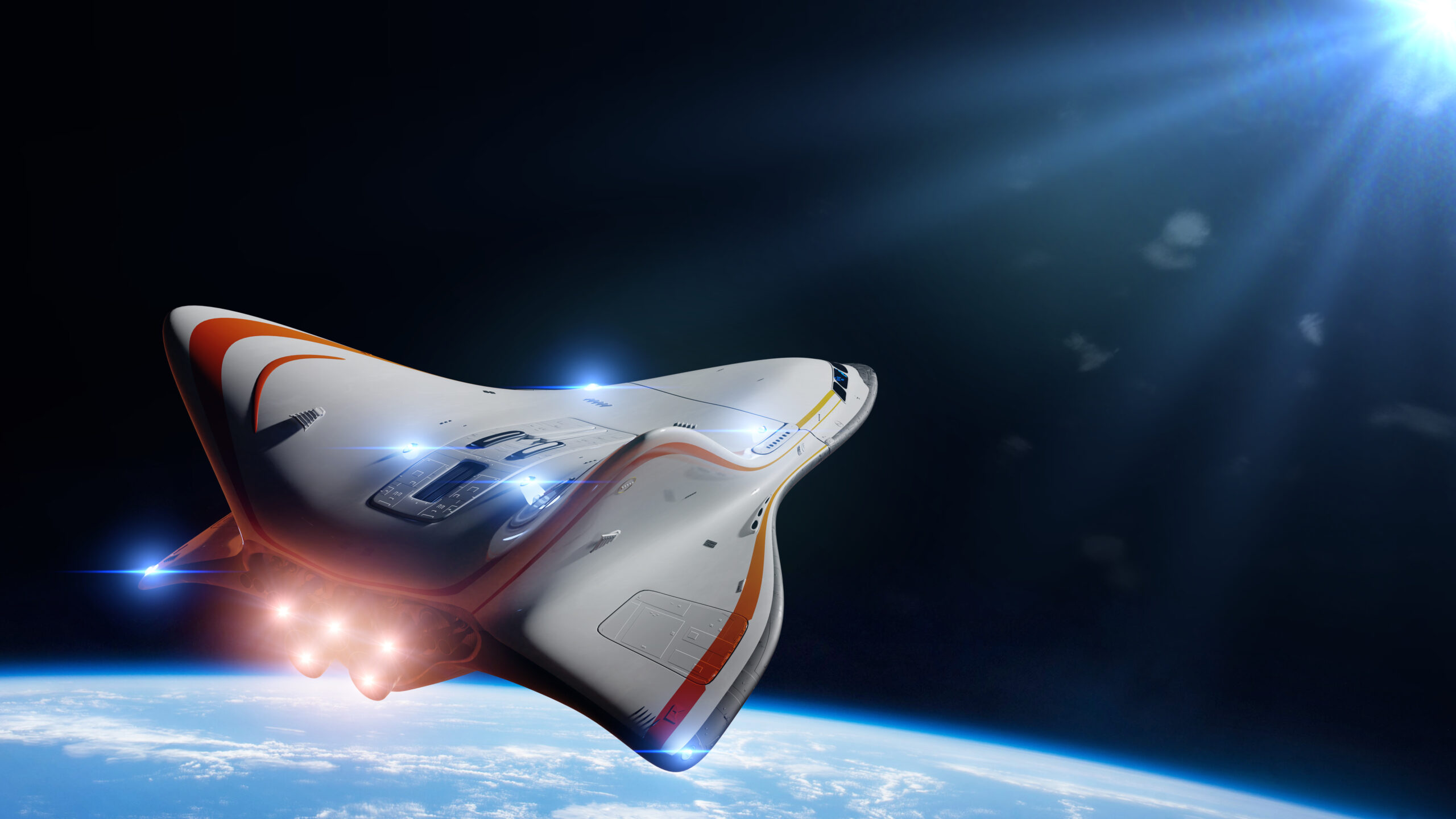
What is a Space Plane?
A space plane is a vehicle that can take off and fly like an aircraft… and then seamlessly transition into a spacecraft once it leaves Earth’s atmosphere. It blends elements of an airplane and a rocket.
Unlike conventional rockets that launch vertically, space planes take off from a runway. They rely on powerful jet engines to take them up to a certain altitude and speed.
As the space plane ascends, its jet engines gradually lose efficiency due to the thinning air. At this point, the vehicle’s rocket engines take over to provide the thrust to reach orbital velocity. It can then enter and maintain a stable orbit around Earth.
Once in space, the space plane operates like any other spacecraft. It can deploy satellites, conduct experiments, or even ferry astronauts to space stations. When it returns from space, it glides smoothly back to Earth and lands on a runway.
Why Space Planes Over Normal Rockets?
Space planes could be much more affordable, reusable, and versatile than traditional rockets. As long as they can re-enter the atmosphere without too much damage, space planes would be reusable. This would cut average mission costs dramatically.
But there’s another clever way space planes can cut costs—by reducing the amount of propellant needed to reach orbital velocity. That’s through “air breathing” rocket engines.
Air Breathing Rocket Engines
To get a combustion reaction, you need three things: fuel, oxidizer, and a source of energy. For example, for a campfire, you need wood (fuel), air (oxygen, the oxidizer), and a spark or match (energy source).
Traditional rockets, by mass, consist of about 80% propellant, 15% the rocket itself, and 5% left for cargo. That rocket propellant is a combination of fuel and oxidizer. And by mass, the oxidizer portion makes up about 72-86% of the propellant.
If you’ve been following the math, that means about 58-68% of a traditional rocket is just oxidizer.

So where are we going with all this?
Well, the most common type of oxidizer in rockets is liquid oxygen (LOX), which is highly reactive. Just as the name implies, LOX is actually just oxygen in liquid form.
And here’s the crux of the issue. Why carry all that LOX when the rocket is literally surrounded by oxygen throughout its trip? Why not just have the rocket “breathe” in air along the way? Wouldn’t that save literally tons and tons of mass?
As it turns, yes. That’s one of the main reasons the idea of space planes gained traction. Of course, from an engineering perspective, this is way harder than it sounds. That’s why rockets are still used—they’re far simpler, with far fewer ways things could go wrong.
How Do Space Planes Work?
Space planes need to transition through different flight stages, from low atmospheric to outer space. Each of these altitudes requires a different type of engine for most efficiency. Thus, the main challenge with a space plane is merging all these engines into a single vehicle.
Turbofan Engines
Most commercial airliners today use turbofan engines. They draw in air, compress it in a chamber, mix it with fuel, and then ignite it. The resulting hot gas exhaust is released out the back. You also have high air pressure behind the engine and lower pressure in front (where you’ve sucked in the air). The combination of compressed air exhaust and pressure differences provides the trust.
Turbofan engines are highly efficient for takeoff and subsonic flight. The problem, though, is that they only really take you up to about Mach 1, or the speed of sound. At that speed, air can’t get around the plane as fast as it builds up in front. This creates problems for the intake fans inside the engine.
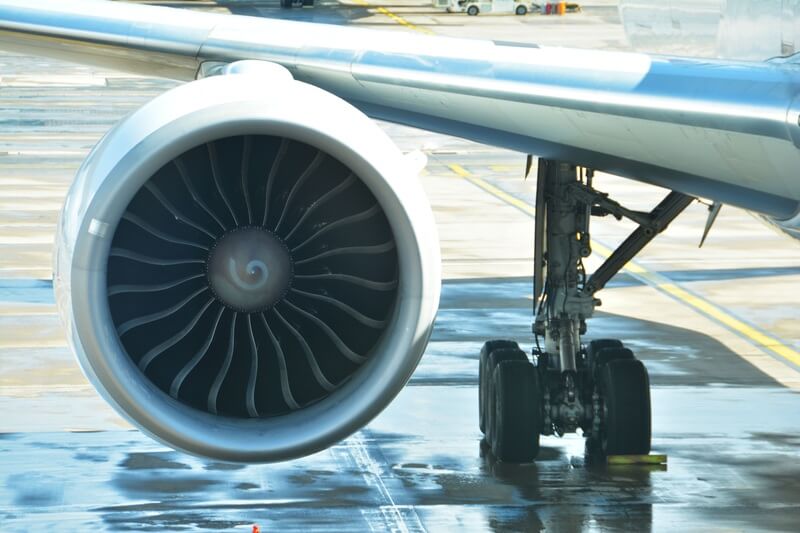
Ramjet Engines
As the space plane ascends to high altitudes, the air density decreases, making turbofan engines less efficient. At this point, ramjet engines take over. Ramjet engines are simple in concept, but tricky to execute because you need to go at supersonic speeds for them to work. That means you can’t start with a ramjet—you can only transition into using one.
Ramjets don’t have fans or moving parts like compressors. Instead, they compress air by literally “ramming” the air into the engine. They rely on the forward motion of the plane at high speeds. That compressed air is then mixed with fuel and ignited. Ramjet engines are most efficient between Mach 3 and Mach 7 speeds.
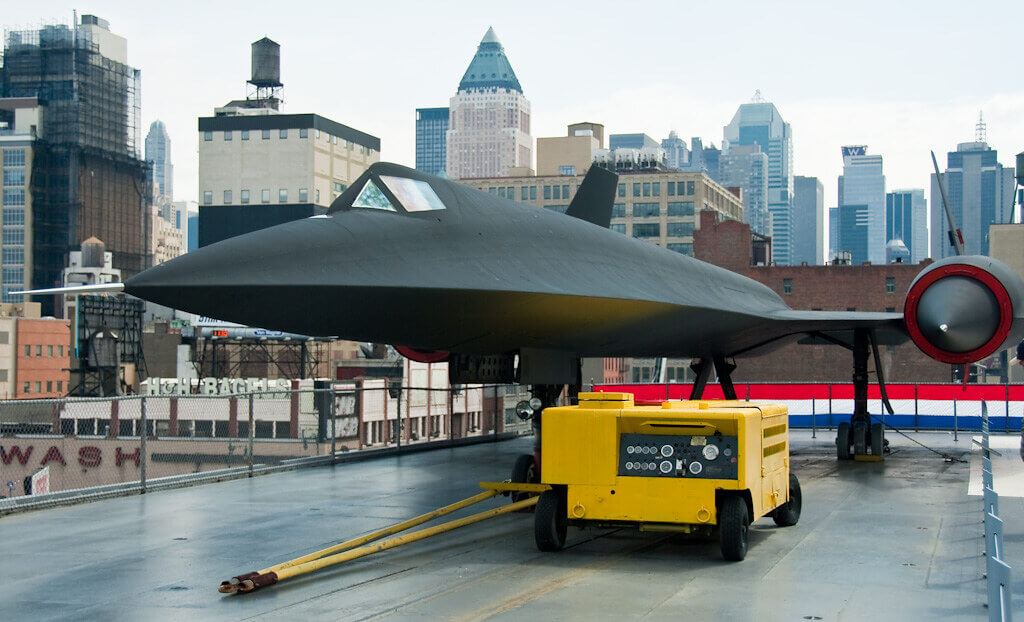
Scramjet Engines
At even higher altitudes, the air density becomes so low that even ramjet engines lose efficiency. But the space plane still hasn’t reached the speed needed to enter low-Earth orbit (LEO). This is where scramjet (”supersonic combustion ramjet”) engines come into play. These are even simpler than ramjets, but even harder to execute.
Basically, you directly ignite fuel along with the supersonic air as it comes in. The air doesn’t ever need to slow down because at that speed, you can ignite it without compression. Scramjet engines are still experimental but hold the potential to propel space planes to speeds beyond Mach 10.
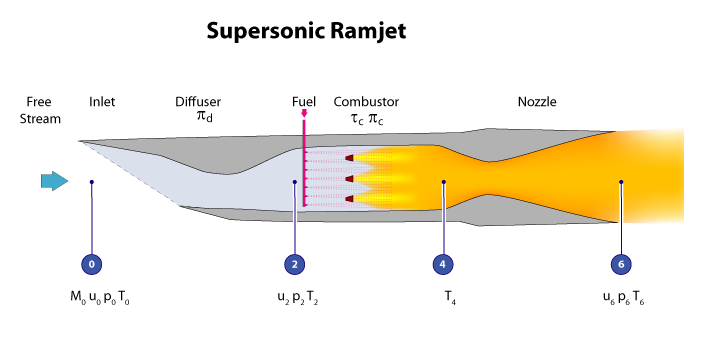
Rocket Engines
Once the space plane reaches a high enough altitude and speed, it transitions to rocket engines for the final push into orbit. Rocket engines do not rely on atmospheric air for combustion. Instead, they carry their own oxidizer and fuel, allowing them to operate in the vacuum of space. Rocket engines provide the most powerful thrust and are essential for achieving orbital velocity.
Scramjets are still highly experimental, confined mainly to military programs. Most private sector space plane efforts opt to directly skip the scramjet phase. They instead try to switch to rocket engines earlier, directly from ramjets.
One example is the British firm Reaction Engines. They’re making an engine called SABRE, or Synergetic Air Breathing Rocket Engine. This engine switches from turbofan to ramjet to rocket (no scramjet phase).
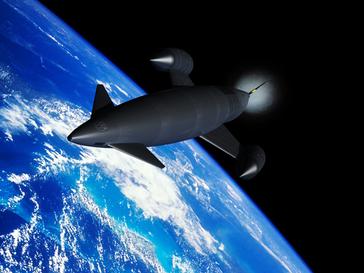
Key Challenges
A perfect plane would be able to seamlessly employ all these engine types to get into space. It would cut down mass enough to carry 6-8 times more cargo per mission, keeping all else constant. That said, these machines are difficult to design, test, and operate.
These challenges can be broadly categorized into three main areas:
Hybrid Propulsion Systems
It’s hard to integrate multiple engine types, each optimized for different flight stages. To ensure seamless transitions between stages, we’d need more advanced control systems.
High-Speed Combustion
Scramjets are still very experimental. Stable combustion at hypersonic speeds (above Mach 5) is still very tough by current engineering standards. This limits current space plane designs to exclude scramjets and be less efficient.
Thermal Protection
Upon reentry into Earth’s atmosphere, space planes generate intense heat through air friction. If we want to consistently reuse space planes, we need even better materials and heat shields. This falls under materials science, which could see huge breakthroughs via quantum computers.
The Future of Space Planes
The future of space planes is not just about reaching new heights but also about making space a part of our everyday lives. A few of the most promising use cases of space planes include:
Point-to-Point Suborbital Travel
Space planes could enable point-to-point suborbital travel. In plain English, that just means traveling between cities or continents. At supersonic speeds, space planes would be significantly faster than conventional air travel. This would revolutionize business travel and tourism.
Satellite Launch and Servicing
Space planes could be a more cost-effective and reliable way to launch satellites. They could be used to service and repair them, extending their lifespan.
Access to Space Stations and Lunar Outposts
Space planes could transport astronauts, scientists, and cargo to and from the International Space Station. Eventually, they could transport to lunar outposts as well. This would facilitate ongoing scientific research and exploration in space.
Overall, space planes are a transformative space technology. If fully realized, they could democratize space access through cost savings. One day, we might just be able to hop on flight and fly off into space.